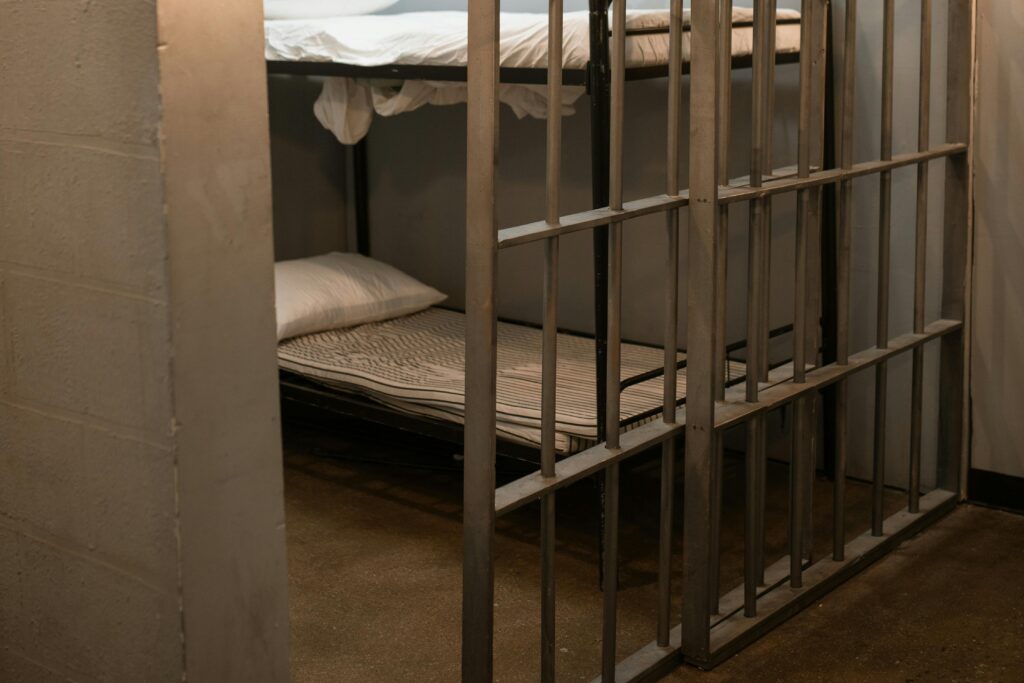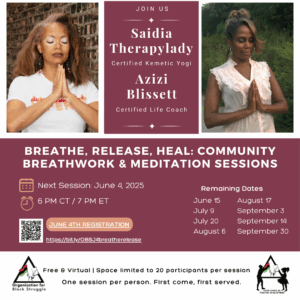Published by the Capital City Hues, Mar 4, 2024
Madison’s jails and prisons are in chaos. Madtown is not a part of an exclusive club; there are plenty of members across the country. Part of what abolition organizers call the Prison Industrial Complex (PIC), most are juggling the same key issues.

My experience with the PIC is that it is a broken system that most people don’t want fixed until its dirty laundry hits the media’s light. Then it’s scramble time to find a band-aid big enough to cover the enormous contradictions.
Department of Corrections Secretary Kevin Carr stepped down recently, no doubt overwhelmed with the situation confronting him. Wisconsin has a prison system that is nearly 5,000 people over its capacity while the guard vacancy rate is climbing to 30 percent. This is a bad equation because it results in lock downs, inhumane conditions and violence. And these lead to more violence, and more lawsuits.
There are three basic areas where stink is coming from in both the jails and prisons. They are understaffing, overcrowding and gratuitous violence. These areas are not stand-alones; they are profoundly interconnected.
In the 1980s and 1990’s, mass incarceration was the cottage industry of the day. State and federal monies flowed, and friends of prison and elected officials — also known as vendors — got fat from drinking at the trough of lucrative contracts.
By the 2000s, the U.S. led the industrialized countries in the number of citizens it was caging. Many concerned human rights groups and prison reform advocates began calling for a radical change in policies. By the time Michelle Alexander’s groundbreaking work, The New Jim Crow, burst on the scene, public opinion about incarceration was already shifting and monies were being redirected to address the root causes of crime, not merely the warehousing of prisoners. What a novel idea!
In a post-COVID world where infinite funding is no longer available for a broken system, maybe these decision-makers are more open to suggestions. As an abolitionist, I know the system is not going to shut down tomorrow so here are my recommendations:
The high level of violence in carceral institutions is based upon the belief that the people coming in are inhuman and that people on the outside don’t care what happens to them. In too many cases, the guards are perpetrating more violence than the residents which only raises the level of violent behavior all around.
In St. Louis, guards held gladiator fights among the detainees and placed bets on the winners. In L.A. County, mentally ill residents were allegedly chained to chairs for days. In Memphis, cameras caught a guard pushing a prisoner down a flight of steps.
To this issue, guards must be highly trained and paid a living wage. These folks are vital in creating and maintaining a safe and humane environment. Consequences for violation of policies must be swift, followed by re-education and training. Guards who try to treat detainees like human beings are in a hostile environment. They often leave the job suffering from all kinds of physical and mental issues, including Post Traumatic Stress Disorder.
To address the overcrowding problem, the most efficient and compassionate personnel can go a long way with detainees being treated fairly and humanely — even when they outnumber the guards. Beating them into submission physically or psychologically is not the answer. Countries like Sweden and Germany have lower rates of incarceration and because the emphasis is on rehabilitation and not control, the recidivism rate is low.
Studies have affirmed that violence is a contagious disease. The more you use it, the more it spreads. If detainees are engaged in rehabilitation that is preparing them for re-entry into their communities, they are more focused and less likely to jeopardize reaching their personal goals.
I don’t think this is complicated science. Under most circumstances, human behavior is predictable. In the case of incarcerated humans, if treated like animals, over time they will start behaving accordingly. If treated like humans, they will see themselves as valued citizens in their community.
Recent Posts

Speak For Yourself: A Ride For Equity Event – June 8, 2025
Speak For Yourself is a community conversation focused on building relationships around equity and inclusion, specifically when it comes to the need for equitable funding practices for entrepreneurs of African descent.

William L. Clay Scholarship & Research Fund 40th Anniversary Celebration – June 7, 2025
The William L. Clay Scholarship & Research Fund (WLCSRF) marks its 40 Anniversary this year! Please save the date and plan to join us Saturday, June 7, 2025, 6:00 – 10:00 pm, at the Missouri History Museum for a celebration of “Legacy, Learning & Uplift.”

Breathe, Release, Heal: Community Breathwork & Meditation Sessions – June 4, 2025
In these challenging times, we all need a space to breathe and connect inward. Join us for a free, community-centered Breathwork & Meditation Series designed to help you release stress, clear negativity, and reconnect with your inner peace.
Get Updates
